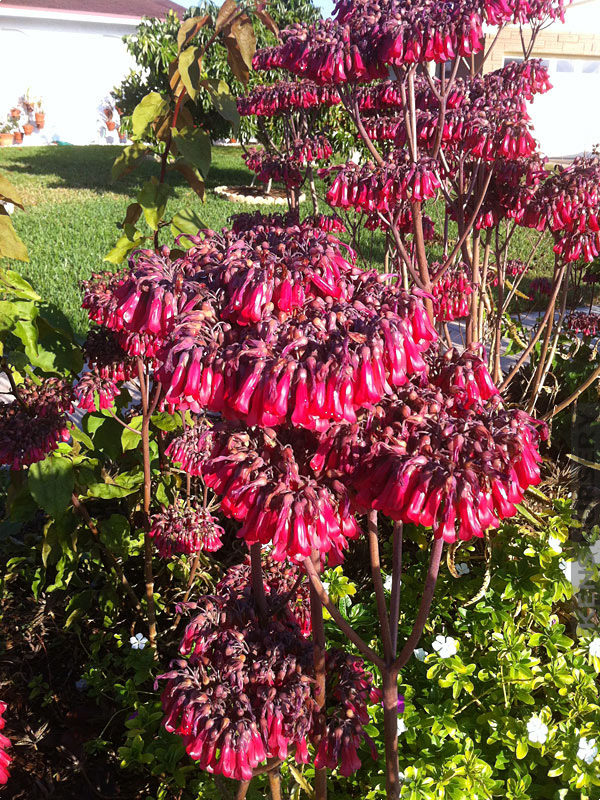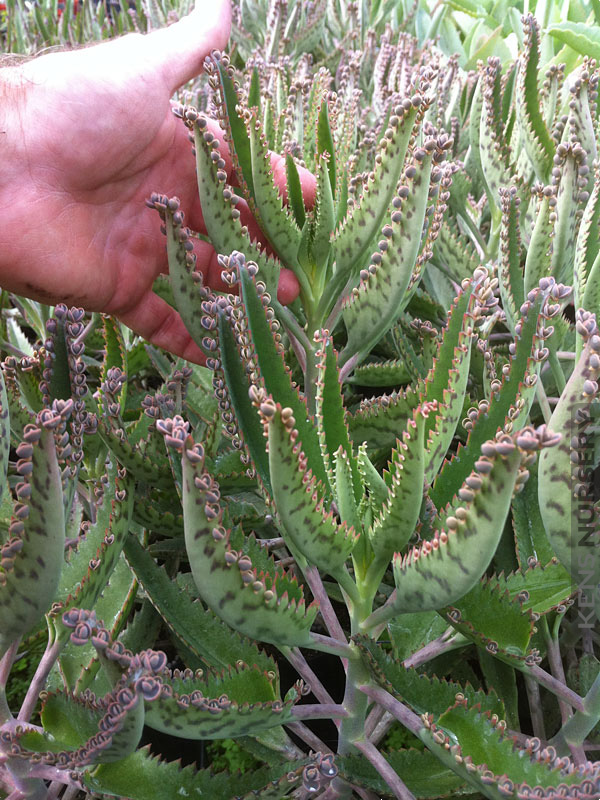


Children and people with hypoglycemia and low blood pressure should not consume this plant. The consumption of the devil’s backbone plant is contraindicated in pregnant women, as it can interfere with uterine contractions. However, the genus Pedilanthus has been submerged into the genus Euphorbia, and is more correctly known by its new name ( Euphorbia tithymaloides ). 1 An erect shrub, 2 the plant is also known by the scientific name Pedilanthus tithymaloides. Therefore, a daily dose of a maximum of 30 grams of the leaf is recommended, since ingestion of a higher dose can cause paralysis and muscle contractions. Euphorbia tithymaloides is a perennial succulent spurge. There is a risk of poisoning with consumption higher than 30 grams/day. The application on wounds is also traditionally used to accelerate the healing process.īefore starting the consumption of devil’s backbone, a doctor should be consulted and the certification that it is the correct plant is essential, so as not to run the risk of ingesting plant species that are toxic to humans. No more than 30 g of devil’s backbone should be consumed per day, due to the risk of toxic effects in the body with high doses.
DEVILS BACKBONE PLANT. HOW TO
The popular use of devil’s backbone is made by consuming its leaves in the form of juices, teas, or raw in salads. Learn how to grow devils backbone from cutting easily - You can grow the cuttings in just plain water but this is not the only way to grow devils backbone. Medicinal propertiesĭevil’s backbone has anti-inflammatory, antihistamine, healing, analgesic and potentially anti-tumor actions. The Devil’s Backbone plant is a tropical succulent native to the tropical and subtropical regions of North and Central America, including Mexico. In hot summers, shade is recommended for afternoons and so is. Descriptive monikers for the foliage include rick rack plant and Jacob’s ladder. In an effort to describe the blooms, devil’s backbone has been called red bird flower, Persian lady slipper, and Japanese poinsettia.
DEVILS BACKBONE PLANT. FULL
However, so far there is not enough scientific evidence of this benefit with the direct consumption of the leaves of the plant. Grow devils backbone in full sun to partial shade in a very well-drained, sand-based soil. Image by skymoon13 There are numerous fun and descriptive names for the devil’s backbone houseplant. It can be effective in fighting cancer because it has a high cytotoxic property, by attacking cancer cells. A succulent shrub with milky juice stems green, often zig-zag leaves alternate. Because it has sedative actions, it is also used in patients with psychiatric illnesses, such as panic attacks and schizophrenia. Common names: Devils backbone, Mexican hat plant, Alligator plant, Mother of thousands. This plant has medium severity poison characteristics. Devil’s backbone is popularly used in the treatment of inflammatory and infectious diseases, diarrheal episodes, fever, cough, and wound healing.


 0 kommentar(er)
0 kommentar(er)
